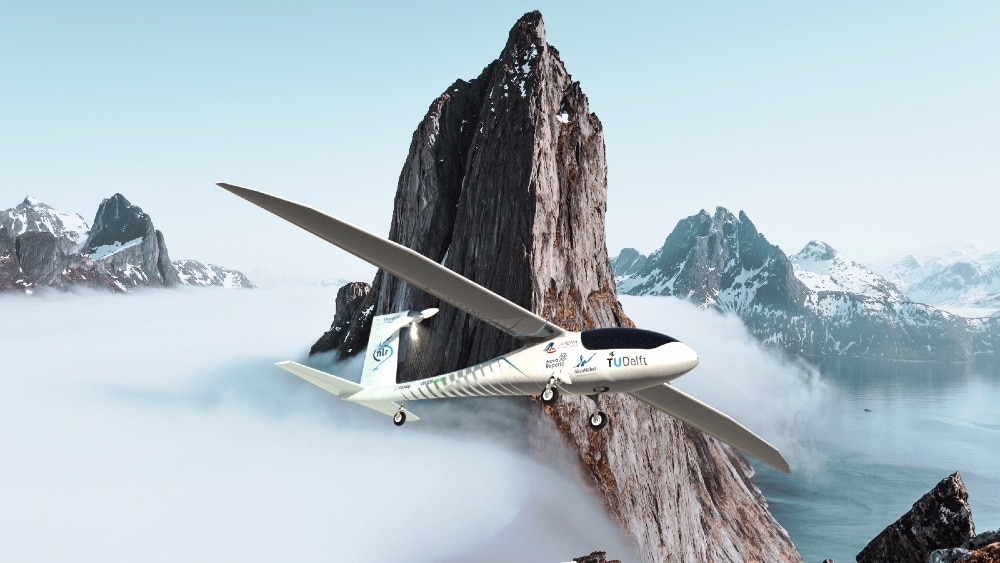
Hydrogen-powered aircraft are viewed with skepticism by many mainstream aviation experts. Nevertheless, the TU Delft student team AeroDelft plans to fly the world's first hydrogen-powered aircraft, called the Phoenix PT, in July. The students presented the prototype during an online event. Text: Fleur de Jong
Image: AeroDelft
The Phoenix PT has a range of 501 miles and a flight time of up to seven hours. A flight from Delft to Ibiza, for example, on a tank without harmful emissions should therefore be possible.
AeroDelft chose hydrogen because it is the lightest element in the world, but also because it can contain three times as much energy as fossil fuels without emitting greenhouse gases, as hydrogen only releases water vapor. A nice bonus is that the Phoenix has an unusually low noise profile.
The student team, consisting of 50 students with 17 nationalities, started the project in September 2018. Technical project leader of the prototype Sam Rutten calls the presentation of the prototype an important milestone. According to him, it feels like a Christmas present after two years of dedicated research and production. The aircraft will go through a number of test phases in the near future before making its first flight in 2022.
Team manager Jan-Willem van Zwieten indicates that the revolutionary prototype did not come without a struggle. According to him, the corona pandemic has caused the process to be significantly hindered. For example, there was no longer a workshop, so the team had to work on the aircraft from a shed in a team member's backyard for several weeks.
Airbus is also developing hydrogen-powered aircraft. They hope to have a device operational in 2035. Using hydrogen in commercial aviation does bring challenges. For example, hydrogen will only be sustainable if it is also produced with green energy. The infrastructure required to supply hydrogen to airports is also currently lacking. Small-scale innovations such as the Phoenix project therefore seem necessary to initiate larger development.
Click here for more sustainable trends in aviation.
© 2024 MASTERS EXPO. All rights reserved.